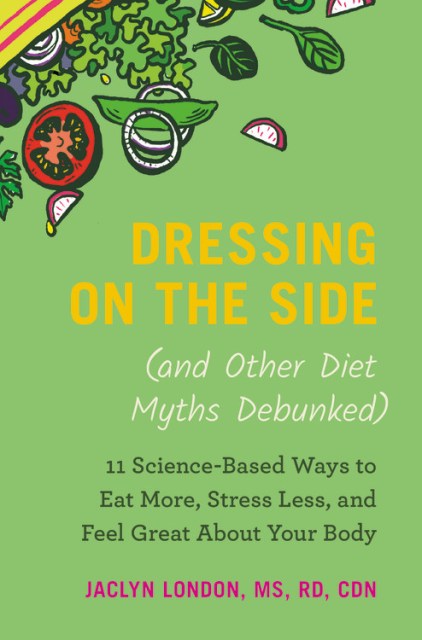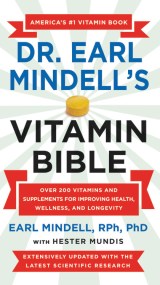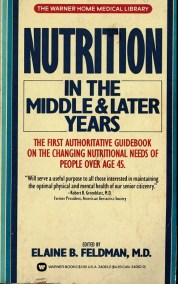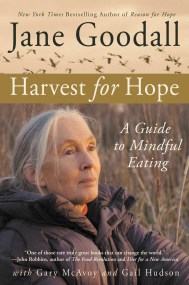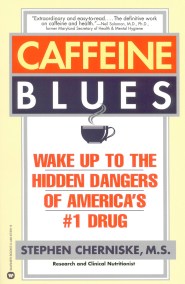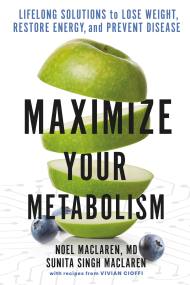Promotion
Use code MOM24 for 20% off site wide + free shipping over $45
Dressing on the Side (and Other Diet Myths Debunked)
11 Science-Based Ways to Eat More, Stress Less, and Feel Great about Your Body
Contributors
Formats and Prices
Price
$26.00Price
$34.00 CADFormat
Format:
- Hardcover $26.00 $34.00 CAD
- ebook $13.99 $17.99 CAD
- Audiobook Download (Unabridged)
- Trade Paperback $16.99 $22.99 CAD
This item is a preorder. Your payment method will be charged immediately, and the product is expected to ship on or around January 8, 2019. This date is subject to change due to shipping delays beyond our control.
Also available from:
From the Head of Nutrition and Wellness at WW and former Good Housekeeping Nutrition Director comes a scientifically-based, simple and straightforward guide to healthful habits for weight loss.
Whether it’s a new fad, “detox” diet, news report or a celebrity-endorsed supplement, the constant flow of diet information is cluttered, conflicting, and often devoid of scientific research — leaving millions of us confused, overwhelmed, and feeling totally helpless in taking ownership our health and making better food choices.
In Dressing on the Side, Jaclyn London — head of Nutrition and Wellness at WW and former Nutrition Director of Good Housekeeping — debunks the diet myths and mental blocks that keep you from reaching your health and weight-loss goals. Filled with accessible information, simple strategies, and practical application of scientific research, London breaks what’s at the heart of the issue and offers tools, short-cuts, and solutions that work within any scenario, including:
In Dressing on the Side, Jaclyn London — head of Nutrition and Wellness at WW and former Nutrition Director of Good Housekeeping — debunks the diet myths and mental blocks that keep you from reaching your health and weight-loss goals. Filled with accessible information, simple strategies, and practical application of scientific research, London breaks what’s at the heart of the issue and offers tools, short-cuts, and solutions that work within any scenario, including:
- Using your schedule to inform your food choices
- Identifying “fake” nutrition news
- Eating to feel satisfied, not just “full”
- Making the choice to eat dessert — daily
London empowers us to form life-long habits that result in real, long-lasting change — while meeting the demands of our busier-than-ever lifestyles. Dressing on the Side is the anti-diet book that will completely transform the way you think (and speak!) about food and health — and help you lose weight for good.
Genre:
- On Sale
- Jan 8, 2019
- Page Count
- 320 pages
- Publisher
- Grand Central Publishing
- ISBN-13
- 9781538747452
Newsletter Signup
By clicking ‘Sign Up,’ I acknowledge that I have read and agree to Hachette Book Group’s Privacy Policy and Terms of Use
